Maserati Ghibli Berusia 55 Tahun Dan Ia Bermula Dengan Kereta Ini
Maserati sedang meraikan ulang tahun ke-55 Ghibli.
Nama ini senang disebut jika anda menyebutnya perlahan-lahan dan ia telah wujud sejak fajar bahasa Inggeris. Tepat 55 tahun yang lalu, pengeluar kereta sukan memutuskan bahawa ia akan menjadi nama untuk kereta baharunya dan dengan itu Maserati Ghibli dilahirkan.
Kemudian pada penghujung 2013 ia telah diputuskan bahawa Ghibli akan menjadi ‘sedan’ sukan dan oleh itu Ghibli bahau dilahirkan.
Menjelang Mei 2014, sedan Ghibli serba baharu ini dilancarkan di Malaysia dengan harga RM538,800 dan ia merupakan kejayaan serta-merta.
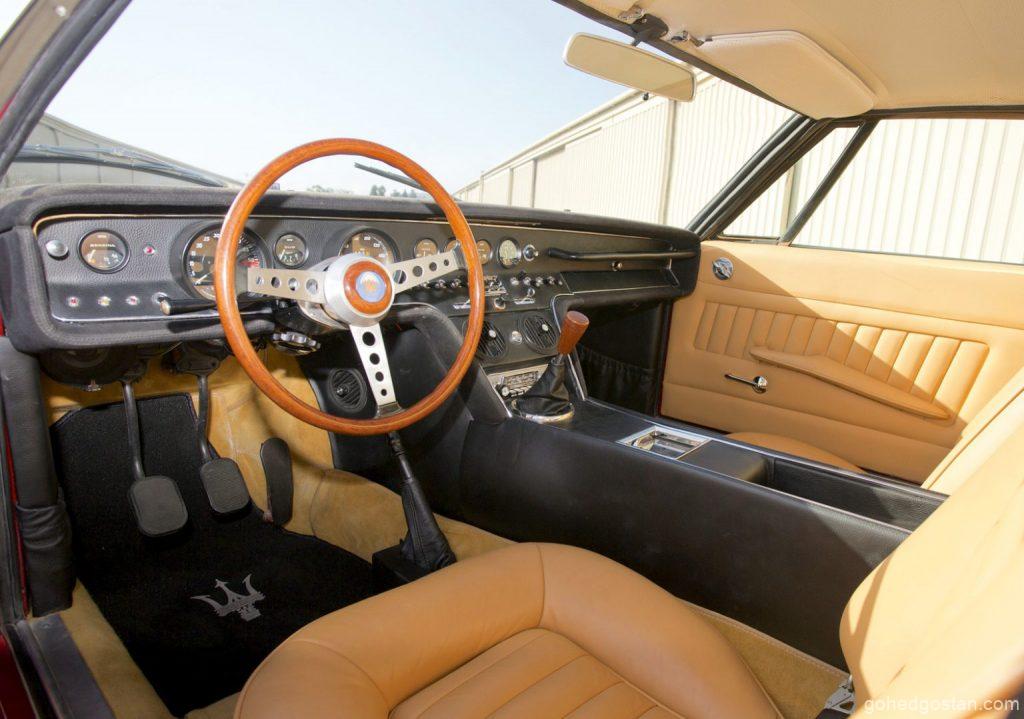
Memandangkan dunia automotif berubah untuk memenuhi sekatan pelepasan, Ghibli telah bertukar kepada rangkaian kuasa hibrid dan Ghibli Hybrid baru sahaja tiba di Malaysia pada harga RM427,800 (harga ini sebelum cukai tempatan dan hampir RM940,000 dengan semua cukai termasuk).
Tiada V6 turbo berkembar di bawah bonet, malangnya. Sebaliknya, anda akan menemui enjin petrol empat silinder 2.0 liter pengecas turbo yang dipadankan dengan alternator 48 volt dan pengecas super elektrik yang dipanggil e-Booster.
Yang kemudian ini dikuasakan bateri yang dipasang di belakang kereta untuk meningkatkan pengagihan berat. Tenaga diperoleh semula semasa nyahpecutan dan brek, dan disimpan dalam bateri untuk kegunaan kemudian.
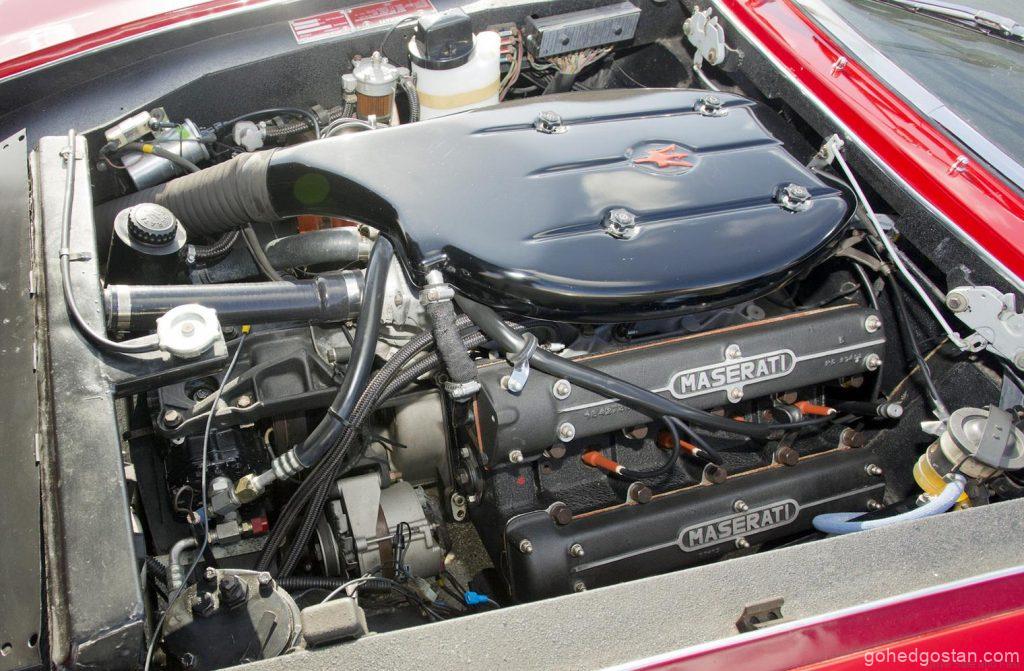
On 3 November 1966, the Maserati Ghibli made its debut on the world stage, at the Ghia stand at the Turin Motor Show. A new interpretation of the concept of a gran turismo car, the two-seater coupé was designed by Giorgetto Giugiaro. The name recalled a wind, a tradition that continues to this day with the Grecale, part of the Trident brand’s new era.
The Ghibli is a powerful, warm wind in North Africa that carries with it a great deal of sand; the decision to take its name was no coincidence, given the car’s speed and the ‘warmth’ of its technical and stylistic specifications.
In its presentation of the Ghibli, Maserati proposed a car with a sporty yet unostentatious impression: the engine was newly designed, based on the experience of the well-known 8-cylinder used in the Mexico. It could deliver an output of 330 hp in the 4,700-cc version, and was followed by an even more powerful 4,900-cc version.

To leave more room for style by lowering the height of the hood, the engine was equipped with a dry sump – a solution used solely in racing, and was mounted on the tubular chassis, very low down. This solution gave the car its typically assertive and slender appearance, one of the cornerstones of its success.
The design was entrusted to Ghia, which then had Giorgetto Giugiaro on its creative design team. The most significant design cue – the marker of a decisive change from the Ghibli’s predecessors – was the integration of the volumes: there was no distinction between the car’s body and the passenger compartment; they were neither separate nor overlapping, rather they were joined together as a single surface. While the lines were geometric and taut, Giugiaro’s hand ensured that the sense of stiffness could be smoothed out.
The most obvious new stylistic feature was the front, definitely an original for Maserati: the headlights were retractable and the very slim grille occupied the car’s entire front. The Trident logo remained in the middle, albeit smaller than before.
The side view enhanced the slender line of the Ghibli: a long, low bonnet, a heavily inclined windscreen, perfect proportions with no superfluous decoration. The triangular rear pillar took on its own identity, becoming an iconic component later taken up in other successful models from the Trident brand.
The changes from the past could also be seen in the conception of the two-seater interior, where the instruments were built into an overall design that prevailed over the individual components.
The result was a gran turismo car that remained true to the exclusive, luxury style, power and comfort – yet with an over-arching theme of racing – for which Maserati cars have always stood out.
After it was unveiled at the Turin Motor Show on 3 November 1966, the Ghibli was launched onto the market in 1967. The following year, its interior was restyled and could also be fitted on demand with automatic transmission, as well as a 5-speed manual gearbox.
From 1969, the Spyder version also became available, which could be equipped with a hard top; one year later, both models were also offered with a 4,900-cc engine, taking the name Ghibli SS. In this configuration, the car further strengthened its solid market position.
In all, between 1967 and 1972, 128 Ghibli Spyder and over 1,200 Ghibli coupé models were produced: one was purchased by Henry Ford (the founder’s grandson), who would place it in the lobby of the Ford Product Development Center in Detroit, as an example to follow and a source of inspiration.


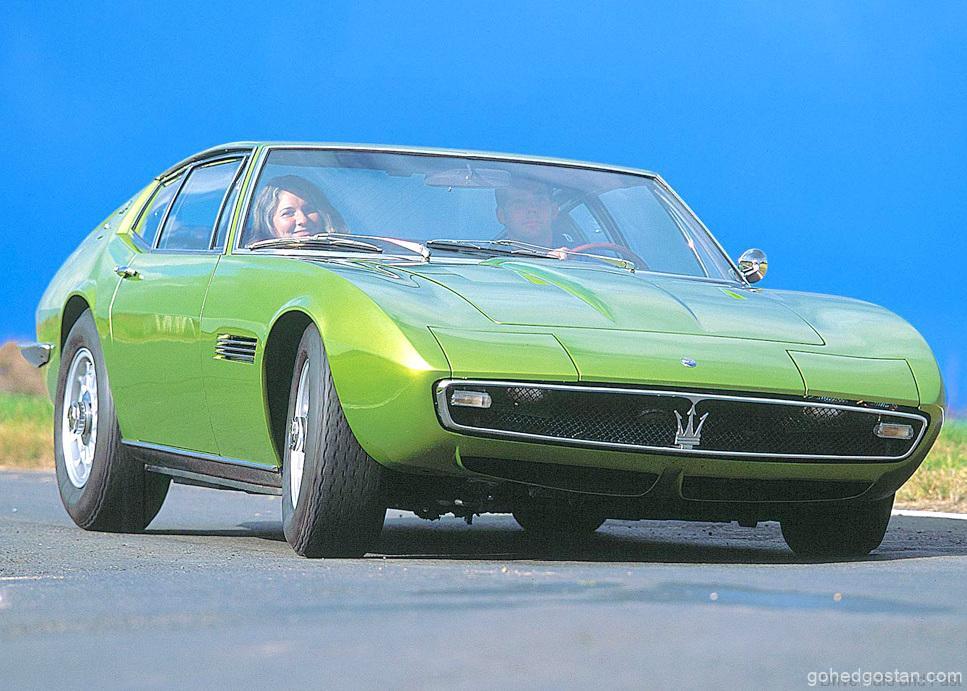
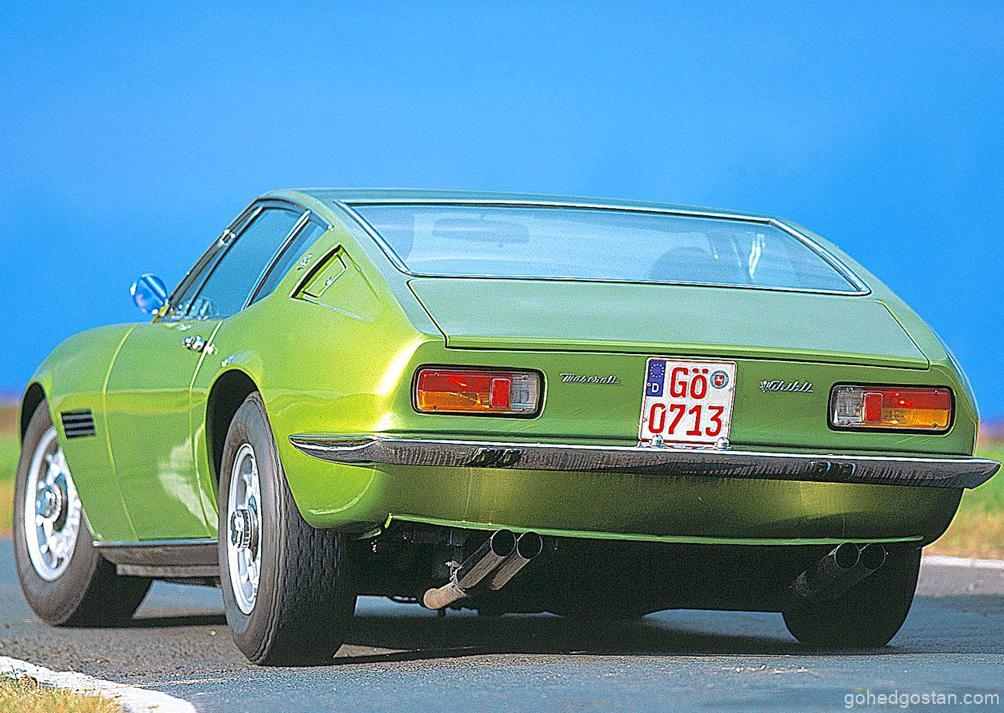
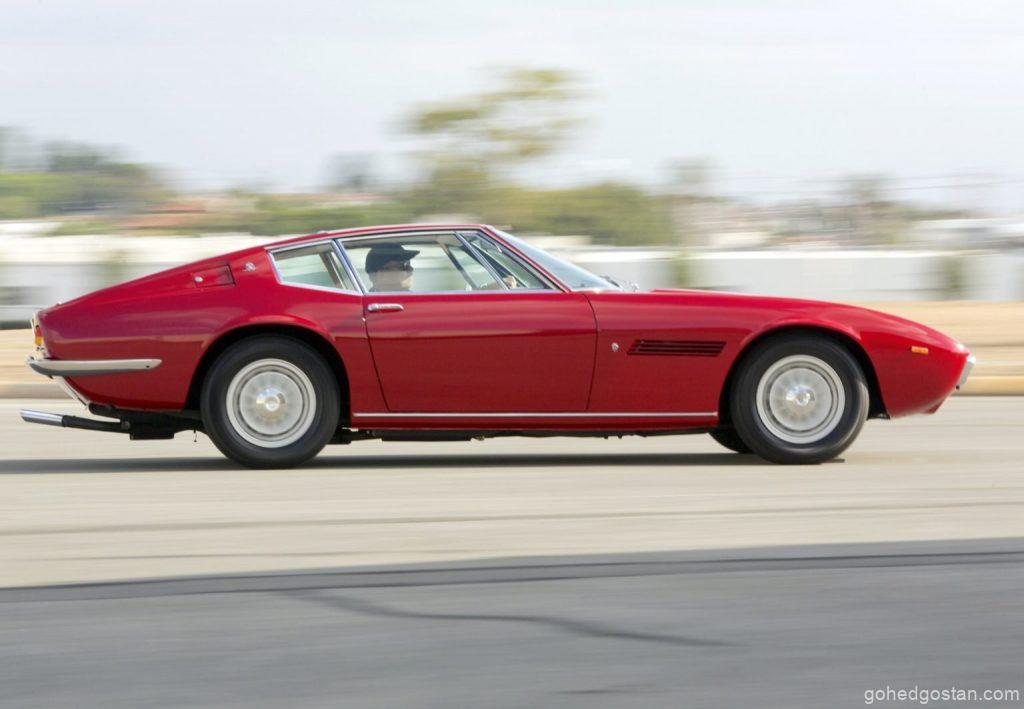

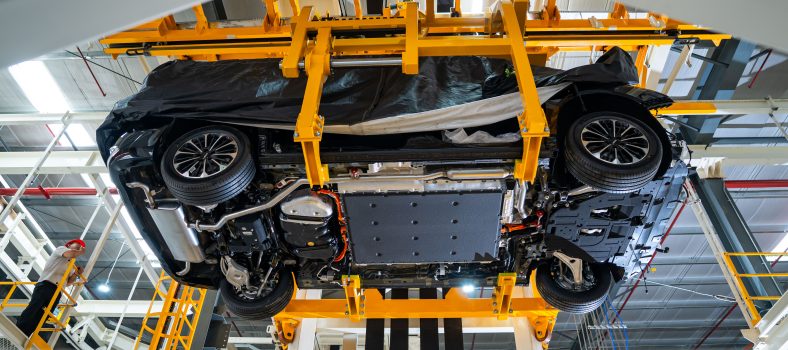
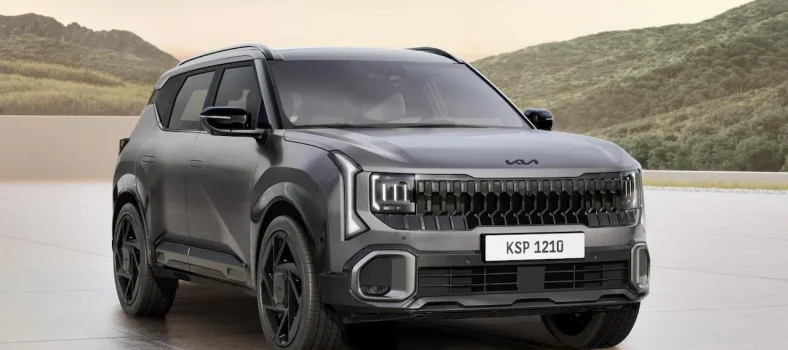

No Comment